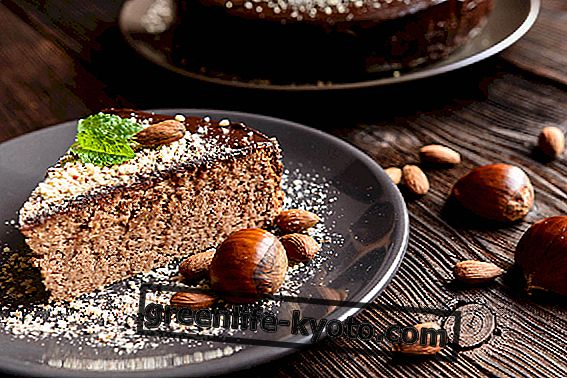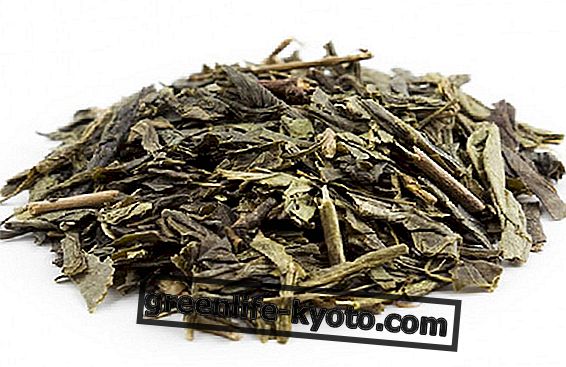
To understand the figure of Ramakrishna, one of the most important gurus and mystical figures of the last 2 centuries, it is necessary to know something of the context in which he lived.
At that time, in the then Bengal, took place the Bengali Renaissance, an important artistic, philosophical, intellectual, social and spiritual movement that tried to revive the true spirit of India, to take back the destiny of its own destiny.
Young people rediscovered the ancient texts now lost in the darkness of empty rituals whose meaning no one remembered.
Characters of the caliber of Tagore and Ram Mohan Roy guided intellectuals and artists to a recovery of true national roots to get out of the stagnation in which society lived.
In the midst of this context, a unique spiritual leader made room, especially when placed in the middle of all these artists, scholars, politicians and intellectuals.
Read also Hare Krishna Movement, what is it >>
Gadadhar becomes Ramakrishna
Ramakrishna Paramahansa was born under the name of Gadadhar Chattarjee in a tiny village in the countryside not far from Calcutta. From a young age the boy had experiences of trance and mystical ecstasy completely spontaneous and in conditions devoid of true erudition.
He loved the theater and learned Puranic legends through this art, which he practiced miraculously in both male and female parts.
Growing up he moved to Calcutta, where he became a priest at the temple of Dakshineswar, later taking Sarada Devi as wife.
Over time the voice of this priest began to circulate with his unorthodox manner, probably insane, but he nevertheless showed some brilliant genius in his apparent madness .
Who has known Ramakrishna, considered both by the people and by the greatest experts as an avatar, an incarnation of the Divine, tells it as an extremely simple person, even a simpleton, in the manner of the "divine asinitade" of which Giordano Bruno wrote.
Yet in his simplicity of mind he was able to interpret all the most sacred texts with a depth never seen before. His religious practice was simple and at the same time boldly complex.
To hear him, all he did was worship the Divine Mother in everything as if it were more than real. She was the only presence with whom she dealt with people and objects. Not infrequently he was seen talking to statues or offering food consecrated to cats.
The Mother was for him everywhere .
The revolutionary aspect of Ramakrishna
The revolutionary complexity of his figure was the total openness to every spiritual path, to the point of being able to reconcile in his figure spiritual experiences considered until then irreconcilable.
We have mentioned your relationship with the Divine Mother, like the one you have with a personal divinity.
However, Ramakrishna also accepted to practice the monistic way of Advaita, renouncing the concept of personal divinity with attributes, losing himself in absolute formless transcendence .
From there he returned, continuing to practice both aspects as true and not as irreconcilable.
Not only that, to demonstrate the fundamental unity of all spiritual paths, he became a Christian, directly experiencing Christ, and later also a Muslim, as a fervent worshiper of Allah.
Hindu, Christian and Muslim, devotional crowd with a wider knowledge than all the scholars of India. But how did he spread his experience?
He continued to carry on his life in the temple, very rustic, without any mention, in the presence of a few disciples.
He taught with a simple and figurative language, like country fairy tales, with which he directed souls to self-fulfillment.
His most important disciple was Swami Vivekananda .
From time to time Ramakrishna was accompanied for the occasion to listen to devotional songs, which he particularly loved. He left no written text, his life was told by his disciples. Very often he went into the state of Samadhi in the presence of the disciples, and from that condition he imparted teachings with his always very emotional doing. He was also known for his special relationship with women.
Despite being married he never consummated marriage. She related to women as if she were a woman, sometimes dressed as a woman.
At her death, when they asked the wife she had left as she was, she replied crying that she was not sad because she had lost her husband, but because she had lost the company of living Kali .
In an era of religious fundamentalism and cultural ups and downs like today, the rediscovery of a figure like Ramakrishna would be fundamental. It has been the living example of a new model, it has shown that all religions are true, sacred, and can be experimented freely. Religious and spiritual walls are obstacles to the spirit.
Perhaps it is no coincidence that before he died he predicted that he would return in the middle of the twenty-first century to the area of Central Asia just above the Middle East. Perhaps after the Bengali Renaissance the divine madman intends to start another larger Renaissance.













